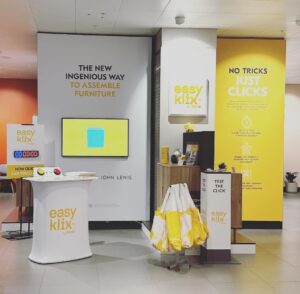Rising Employee Burnout Calls for Innovative Solutions

Each year as autumn arrives, the risk of employee burnout surges, driven by shorter days and increased pressure to meet year-end goals. According to the World Economic Forum, 2023 has been a particularly difficult year for maintaining employee well-being. As work continues amidst political instability, global recession, and a cost-of-living crisis, the end of the year can be a perfect storm of compounding stressors.
Managers and HR often consider high workloads to be the primary cause of burnout, neglecting the influence of external socio-economic and environmental stressors. Organizational well-being expert and Mindletic CEO Ieva Vaitkeviciute emphasizes the need to consider all factors when tailoring wellness benefits and creating supportive work environments, especially during periods of heightened stress.
“For those who seem to be at a higher risk of burnout,” Vaitkeviciute says, “providing reasonable accommodations can help them continue in their role even during tough times, preventing the company from losing valuable talent.”
In addition to considering more flexible work hours or adjusted workloads, managers can provide one-on-one support, using short occasional check-ins to help an employee stay on track. Vaitkeviciute emphasizes, however, that any increased contact between a manager and an employee must come across as efforts to help and support, not to micromanage.
It can also be effective to help employees build skills and confidence through training sessions, mentorship programs, or counseling. While it’s important for a manager to provide support, they shouldn’t be the only source of assistance. Mentorship programs, coaching, or counseling can be alternative sources of support for any employees feeling increased pressure at work.
These suggestions are based on the principles at the heart of Mindletic’s own mental health gym, a tool built to help HR managers understand and address employee burnout by aggregating well-being data and providing insights into employees’ wellness scores.
“Given how complex employee burnout is, resulting from environmental factors as much as organizational ones, employees and managers must take a proactive, multifaceted approach to understanding and addressing this issue,” Vaitkeviciute says. “Tools like the Mindletic app make it easier to implement the right work accommodations at the right times, creating supportive and sustainable work environments during even the most challenging seasons.”




